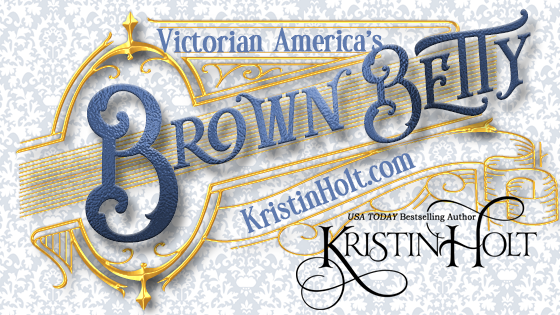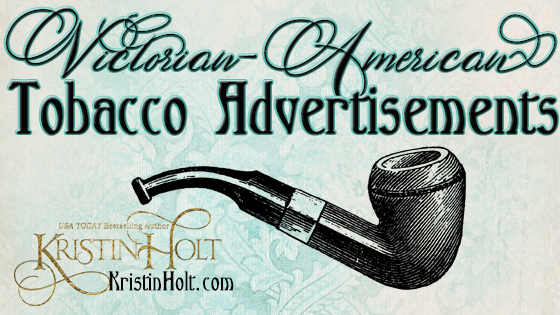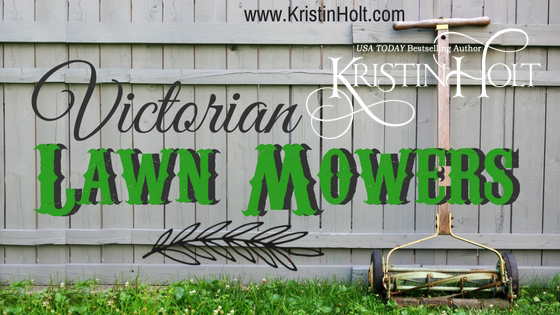
by Kristin Holt | Mar 16, 2021 | Articles
Victorian America’s BROWN BETTY: a teapot, and an economical dessert.
A smattering of recipes from mid- to late-nineteenth century cook books and newspapers paint an image of “brown Betty.” Victorian-era economy shines in these vintage instructions.

by Kristin Holt | Feb 15, 2020 | Articles
Advertisements from vintage newspapers and periodicals shed much light on the tobacco habits of our nineteenth century United States ancestors. Each ad cites sources, dates, and provides everything from brand names to prices to general categories to help us draw conclusions about tobacco use in the Victorian United States.
Why? Because accurate backdrops make for exciting fiction!

by Kristin Holt | Oct 20, 2016 | Articles
Nineteenth Century American Bath Houses were often businesses connected to hotels, barber shops, ladies’ hairdressers, and spas offering massages and curative measures (steam baths, medicated baths, etc.). In the Old West, such businesses advertised in the newspapers of the day, some announcing prices (compared to today’s dollar). It’s a peek into the luxury of a wet-from-head-to-toe bath when a person has no running water at home.

by Kristin Holt | Sep 14, 2016 | Articles
“Mason Jars” (glass bottles for home food preservation) were invented and patented in the United Sates in the Victorian Era. Industrious homemakers grew large gardens, tended fruit trees, and bottled everything from jams and jellies to grape juice, apple sauce to soups, tomatoes to green beans. How did women accomplish this work?

by Kristin Holt | Aug 29, 2016 | Articles
The rotary lawnmower was first patented in England in 1830. The new invention replaced the centuries’ reliable scythe in keeping lawns trimmed and neat. Americans jumped on that bandwagon, and lawnmowers became popular by the late 1860’s. Lawnmowers were advertised in newspapers of the day as well as mail-order catalogs like Sears and Montgomery Ward’s.













